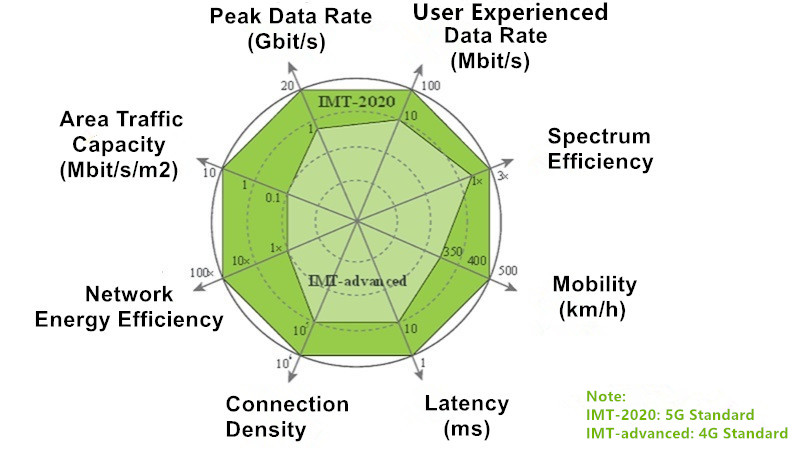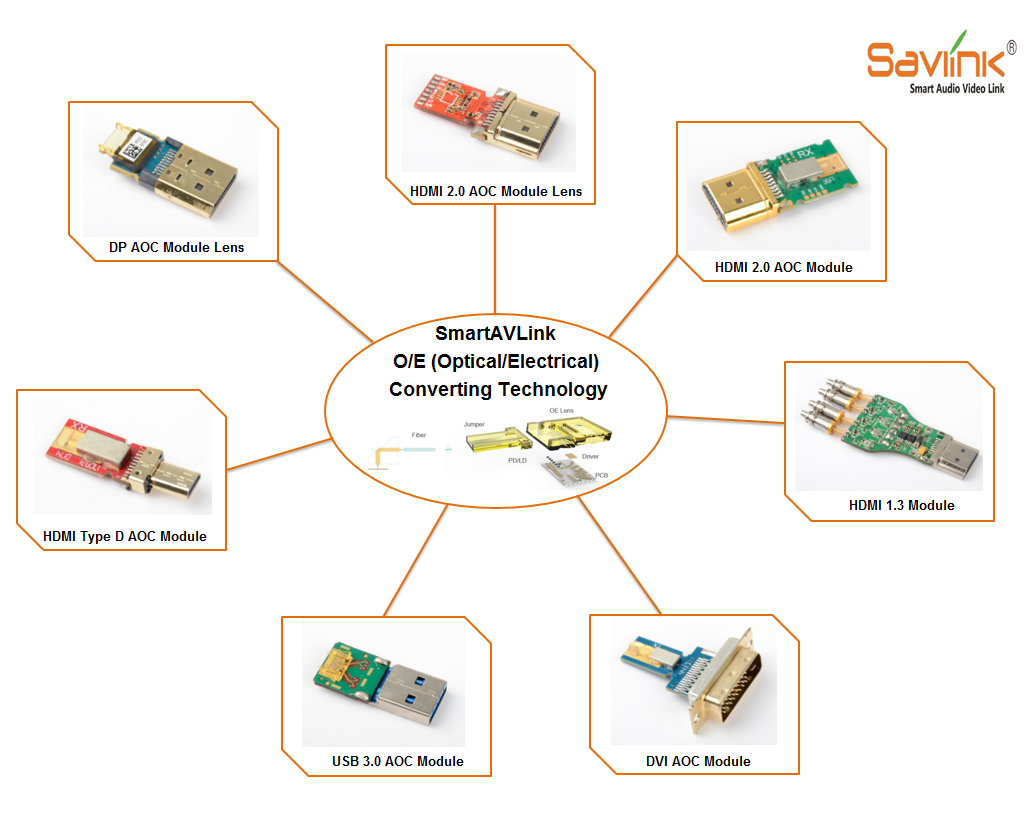In the year of 2018, 5G network has become the most eye-catching focus beyond controversy. Meanwhile, global carriers have been already testing 5G technologies on their networks. As of November 2018, 182 operators worldwide have conducted 5G trial operation and investment in 78 countries. The 5G commercial services are expected to roll out globally in 2019. With the evolution of 5G technology, higher baud-rate optical transceivers rise tremendously in popularity based on higher density cell sites. The current 4G LTE cell sites mainly adopt 10G optical modules. In the future, 25G/100G optical modules will be the preferred alternative in 5G deployment.
What is 5G Network?
5G will be built upon the foundation created by 4G LTE to allow people to send texts, make calls, and browse the web, which marks a great leap forward for the existing communication technologies. The upgraded 5G performance targets include higher data rate, higher-quality voice and video calls, smoother streaming of online content. It will enable subscribers to download a 2G movie in one minute and say goodbye to screen flows during video calls.

As illustrated in the figure above, 5G has a major shift in user experienced data rate, connection density, latency, peak data rate, mobility, etc. compared to 4G. According to the IMT-2020 specification, the peak data rate of 5G is expected to reach as high as 20 Gbit/s. 5G network will be able to support diverse data rates in various enhanced mobile broadband environments. For the average consumer, 5G means faster access to data and potentially better coverage. Thus, urban and suburban users can count on 5G capabilities to get 100 Mbit/s data rate, and 1 Gbit/s data rate for indoor users.
Additionally, the upcoming 5G will achieve higher performance and efficiency, providing users with peak rate of up to several Gbps, ultra-low latency, and massive capacity. In the future, we can enjoy faster upload and download speeds, cool VR entertainment, Internet of Things (IOT), unmanned driving, telemedicine, etc. With the gradual maturity of 5G standards, the acceleration of 5G commercial pace and the enrichment of 5G application scenarios, the new generation of 5G services will soon infiltrate into our work and daily life. The 5G industry market will be expanded infinitely and the prospects will be very bright.
What is Fiber Optical connectivity?
Fiber optic networks are a type of high-speed wireline network offering improved speed, security and bandwidth over legacy copper systems. Fiber optic technology has long been used in long-haul networks due to its high performance over long distances — fiber can travel as far as 100 meters without losing signal strength.

Now fiber is increasingly being used in metro and access networks instead of copper. And because copper can only carry a gigabit signal about 30 meters, many businesses choose to continue the fiber connection all the way to their premises — called a fiber to the premises (FTTP) configuration — to avoid losing signal strength. In essence, fiber optic networks are limited only by the technology used to transmit and receive signals.

In an ideal world, every phone, smart sensor and mobile device could be directly connected to the fiber backbone — but that would limit the mobility of the devices. That’s where 5G wireless network technology comes in. 5G networks will essentially be designed to bridge the short distance between a mobile device (as in 5G mobile services) or business (as in 5G fixed broadband) and the fiber backbone.
The transition to 5G will require a huge upgrade of the existing cellular network infrastructure. Thousands of new base stations and towers will require cable assemblies designed to support designated spectrum for initial 5G launches.
